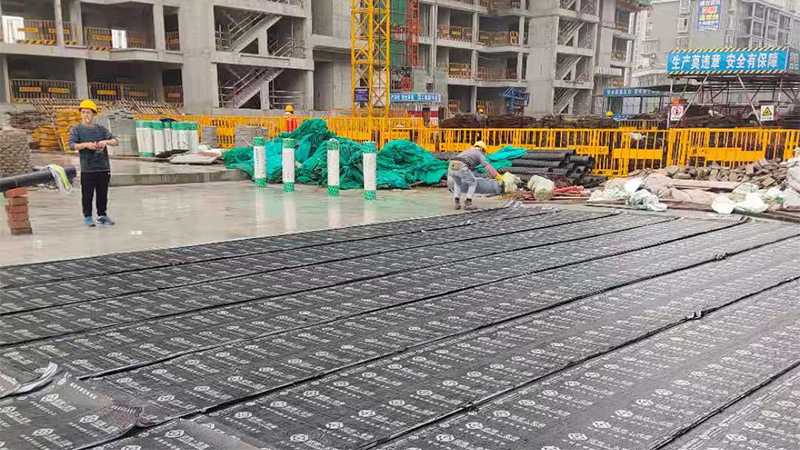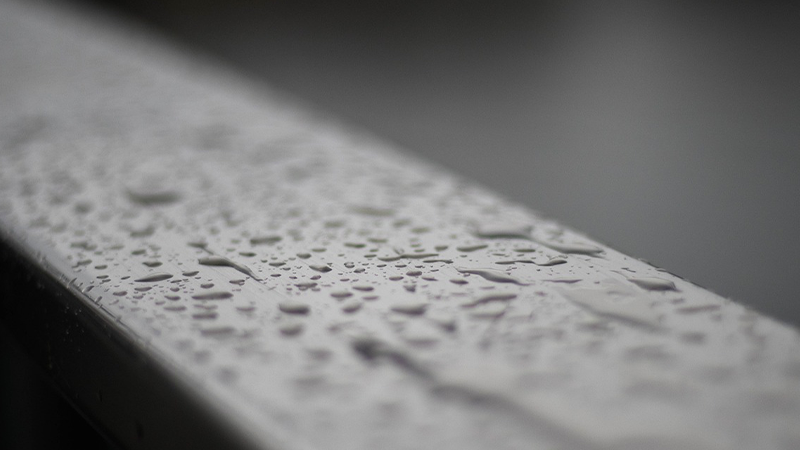How to choose waterproof materials for different parts to maximize the waterproof effect!
2024-06-13Among building materials waterproof materials, they can be divided into three types:
building waterproofing, home decoration waterproofing, and engineering waterproofing. Therefore, when choosing waterproof materials, it is recommended to choose for different parts.Each waterproof material has its own advantages and disadvantages. There is no saying which waterproof material can be completely waterproof.So, how to choose waterproof materials for different parts?How can waterproofing be achieved if you choose the wrong material?
1. What kind of waterproof material should be chosen for roof waterproofing? The roof waterproofing layer is exposed to nature and is subject to the scorching sun, strong winds, rain and snow erosion, severe cold and hot temperatures, and repeated expansion and contraction due to changes in day and night temperature differences. There is no Excellent material properties and good protection measures make it difficult to achieve the required durability.Therefore, waterproof materials with high tensile strength, high elongation, and good aging resistance should be selected.

2. Wall waterproofing. Why do walls leak? What waterproofing materials should be chosen? The reason is that the current walls are too thin, mostly made of light blocks, with a large number of internal and external joints. Secondly, the joints between doors, windows, and walls are not tightly sealed. , rainwater seeps in through the cracks.Wall waterproofing cannot use roll materials, only paint, and it should be combined with exterior decoration materials.
3. Kitchen and bathroom waterproofing. Kitchen and bathroom waterproofing has three characteristics. How to choose appropriate waterproofing materials? First, it is not affected by the natural climate, the temperature does not change much, and the elongation rate of the material is not high. Second, the area is small. , there are many yin and yang angles, and there are many pipes passing through the floor; third, ceramic tiles are laid on the waterproof layer of the wall, which has good affinity with the adhesive.Based on the above three characteristics, waterproof membranes cannot be used, and only waterproof coatings can be used. Among the coatings, Zhulong polymer cement-based waterproof coating and polyurethane waterproof coating are the most suitable. When laying tiles, strong tile adhesives can be used firmly on them. of paste.
4. Waterproofing of reinforced concrete beam slabs in overpass projects. There are more and more overpass projects in urban construction. Reinforced concrete beam slabs must be waterproof to extend their service life. Since high-temperature asphalt concrete pavement is laid on the waterproof layer, the waterproof layer should withstand 110°C. high temperature.Emulsified asphalt or SBS modified asphalt waterproof membrane can be used.It has the advantages of corrosion resistance, mold resistance, weather resistance, no bending or breaking at low temperatures, no flow at high temperatures, and strong tensile strength.
5 Cave Warehouse Waterproof Cave Warehouse Waterproofing Technology is complex. There are rock caves and loess caves. There are two types of rock cave linings: off-wall lining and wall-attached lining. Rock cave wall-mounted lining. After spraying concrete, apply cement mortar on the surface to level it. layer, and then stick SBS modified asphalt membrane, or polyester waterproof membrane.For off-wall lining of rock holes, waterproof coating, polyurethane coating or neoprene latex asphalt coating is sprayed on the surface of shotcrete.Loess caves are mostly lined with blocks for internal waterproofing.Apply polymer waterproof mortar or acrylic paint to the cement mortar surface.
6. Functional material selection for buildings.
What are the special requirements for functional material selection for buildings?
1. Landscaping on the roof to beautify the urban environment.Cover the waterproof layer with planting soil to plant flowers and trees.Plant roots have strong puncture resistance. In addition to being corrosion-resistant and immersion-resistant, the waterproof layer must also be puncture-resistant.Choose polyethylene geomembrane (welded seams), polyvinyl chloride membrane (welded seams), lead-tin alloy membrane, and anti-rooting root-resistant puncture waterproof membrane.
2. The roof is used for entertainment activities and industrial venues, such as dance halls, small ball sports fields, teahouses, drying grounds, sightseeing platforms, etc.A protective layer of blocks should be laid on the waterproof layer.The waterproof material does not have to be fully glued.The requirements for the elongation of the coil are not high, and a variety of coatings can be used. It can also be used as a composite waterproofing that combines rigidity and softness.
3. The inverted roof is a method where the insulation layer is on top and the waterproof layer is on the bottom.The thermal insulation layer protects the waterproof layer from sunlight, heavy rain, wind, and harsh winter and heat.The waterproof materials selected are very wide, but the construction must be particularly careful and meticulous to ensure that there will be no leaks within the service life.If leakage occurs, repair it


